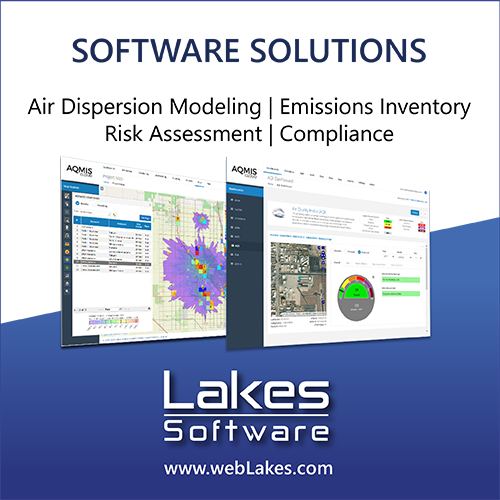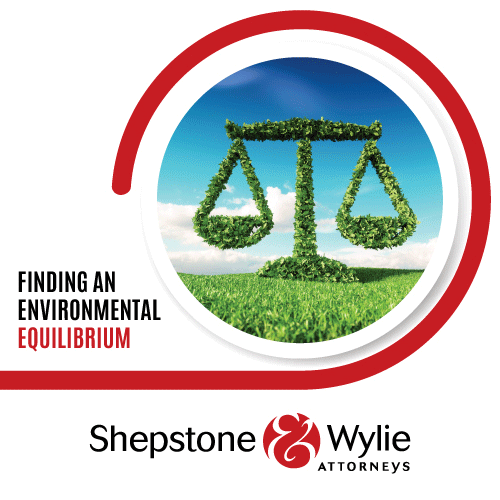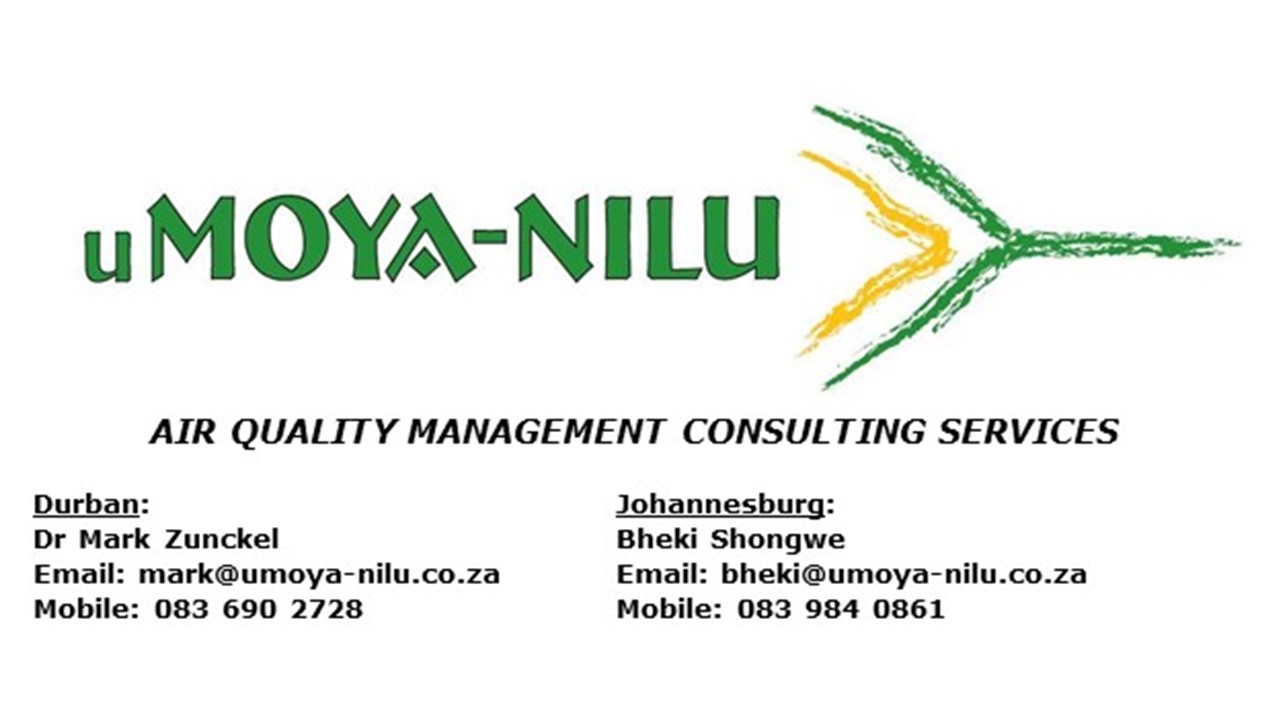Changes in health risk associated with air pollution and policy response effectiveness, Richards Bay, South Africa
Changes in health risk associated with air pollution and policy response effectiveness, Richards Bay, South Africa
DOI:
https://doi.org/10.17159/caj/2020/30/1.8012Keywords:
Air pollution health effects, pollution management, air quality policy, Richards Bay, South AfricaAbstract
Lung and bronchus cancer, asthma, acute lower respiratory infections (ALRI), ischemic heart diseases (IHD), cerebrovascular diseases (CEV) are disorders that have been widely associated with air pollution. More so, research shows that more than 5.5 million people die prematurely every year due to household and outdoor air pollution placing it as the fourth highest-ranking risk factor for death globally (Forouzanfar et al., 2015).
Setting a minimum emission standard for industrial sources is a way to control air pollution and to minimize adverse impacts on people. With an aim to ascertain pollution policy intervention effectiveness, this study uses the case of Richards Bay to determine changes in health risk associated with air quality pollution exposure and the benefits of policy intervention. The study looks at trends of mortality in the last 20 years, the change in the ranking of 6 air-related mortality causes and Year of Life Lost (YLL) as a result of pollution. Results indicate a 24% decrease in the YLL due to air quality related diseases since 2009 when minimum emission standards were promulgated. The decrease can be observed across all age groups except for the 15-24-year-old, where cases of asthma and acute lower respiratory infections (ALRI) are the major mortality drivers. The adults and the older generation are now living slightly longer, although cases of CEV in that generation as well as the younger generation is still an issue that requires continuous monitoring and intervention. The study concludes that there is an improvement that could be attributed to policy implementation. However, the increase in mortality due to certain disease cases such as cancer of the bronchus and lung whose onset could be prior to 2010 signifies that the pollution control efforts need to continue and be stepped up. The increase of ALRI, which adversely affects children, is of concern
Downloads
Downloads
Published
Issue
Section
License
Copyright (c) 2020 Nick Okello, Tom Were Okello, Mark Zunckel

This work is licensed under a Creative Commons Attribution 4.0 International License.

All articles are published under a Creative Commons Attribution 4.0 International License; copyright is retained by the authors. Readers are welcome to reproduce, share and adapt the content without permission provided the source is attributed.








.png)